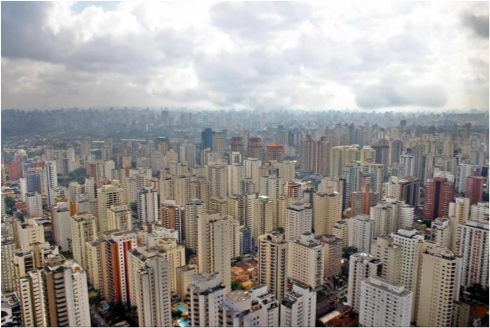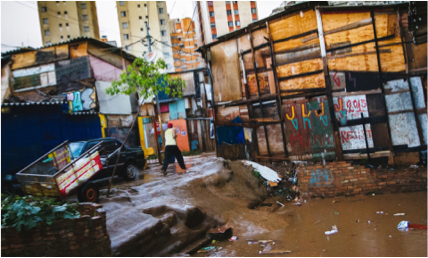Water Sensitive Cities – Interest from all corners of the globe!
CEO Blog
After three weeks of travel – from South Korea to South America – here is an update on how the world is embracing the water sensitive approach. The first stop on my recent journey was Daegu, South Korea to participate in the International Water Association’s Cities of the Future Programme at the 7th World Water Forum. The Water Sensitive Cities concept was discussed extensively here and has captured the interest of UN-Habitat, the United Nations Human Settlements Programme, and the OECD. It was evident from the discussions in Daegu that there is growing international interest in the Water Sensitive Cities offer.
The underlying theme was that existing infrastructure and institutions were built during a ‘time of plenty’ – when the human population was smaller and resources more plentiful – and when the ecosystem coping capacity, or ability of our environment to assimilate pollution, was much greater. However, with a burgeoning global population exceeding seven billion, there seems to be general agreement that we need to ‘do more with less’. During my time in Daegu, I received feedback along these lines from both the UN-Habitat and the OECD who acknowledged the importance of sustainable urban water management and the need to be ‘doing things differently’ in these shifting global conditions. Many other organisations recognise this too; and there is great interest in the work of the CRC for Water Sensitive Cities.
My next stop was Santiago, Chile. I had been invited by the Victorian Government to travel to South America as part of the Victorian Government Education (& Research) Trade Mission. This was a fast paced journey from Santiago, Chile, to São Paulo and Brasília, Brazil, and finally on to Bogota, Colombia.
Just as Australia is emerging from recent drought periods, many parts of South America are currently in the grip of significant prolonged drought conditions. Many cities, São Paulo in particular, are interested in the Australian story of drought – of how we overcame the pressures of drought and, more importantly, what we are doing to build our resilience to future droughts. The story and vision of a Water Sensitive City is once again a prominent one and while in São Paulo I was invited to speak at an international seminar on this topic. This led to an interview in a prominent Brazilian newspaper and another in the Economist.


In contemplating the magnitude of the problem for Brazil, it is interesting to note that the greater metropolitan region of São Paulo is similar in size to the greater Melbourne metropolitan region; however the population in São Paulo is more than 21 million! Despite this, there are some great opportunities for transforming São Paulo, particularly within its many ‘favelas’ (urban slums); creating blue and green corridors for stormwater harvesting, flood management and community amenities in transforming these areas to Water Sensitive precincts.
Another surprise awaited in Bogota, Colombia. Remarkably, there appears to be a well-established appetite for the Water Sensitive approach to city planning in Colombia. The establishment of the CRC for Water Sensitive Cities was even featured in the Colombian magazine Social Innovation Review in August 2014. The article was titled ‘Ciudades Sensibles al Agua’ and if you‘d like to practice your Spanish – the link to the article is: https://revistainnovacionsocial.com.
There is growing international awareness for the need to ‘do something differently’ in these shifting global conditions in order to deliver sustainable outcomes. The CRC for Water Sensitive Cities is well placed, through research and industry partner collaboration, to take a leadership position in realising this.